Human Prolactin ELISA Kit
$299.00 – $419.00
ELISA Kit Detail Information
| Related Target | |
|---|---|
| Species | human |
| Sample Type | Serum, plasma, cell culture supernatant, and other biological samples |
| Sample Volume | 10 μL |
| Sensitivity | 23.7 pg/mL |
| Array Range | 0.39 ng/mL – 25 ng/mL |
| Assay Time | 3.5 h |
| Recovery | 85% – 116% |
| Average Recovery | 99% |
| Intra Precision | 2.5% – 3.5% |
| Inter Precision | 4.4% – 7.6% |
| Plate | Detachable 96-well plate |
| Storage | If the reagent kit is unopened, it should be stored at 4℃. However, if it has been opened, the standard solution should be stored at -20℃, while the other components should be stored at 4℃. |
| Delivery | 4℃ blue ice transportation |
| Components | 96-well polystyrene enzyme-linked immunosorbent assay (ELISA) plate coated with anti-Prolactin monoclonal antibody Human Prolactin freeze-dried standard Prolactin detect Antibody Standard Diluent Assay Buffer(10×) Substrate TMB Stop Solution Washing Buffer(20×) Sealing Film |
| Assay Principle | This kit utilizes the double antibody sandwich enzyme-linked immunosorbent assay (ELISA) detection technique.Specific anti-human Prolactin单克隆 antibodies are precoated on a high-affinity ELISA plate. Standard samples, test samples, and biotinylated detection antibodies are added to the wells of the ELISA plate. After incubation, Prolactin present in the samples binds to the solid-phase antibodies and the detection antibodies. After washing to remove unbound substances, streptavidin-HRP labeled with horseradish peroxidase is added. After washing, a colorimetric substrate, TMB, is added and the plate is incubated in the dark for color development. The intensity of the color reaction is directly proportional to the concentration of Prolactin in the samples.A stop solution is added to terminate the reaction, and the absorbance value is measured at a wavelength of 450 nm (with a reference wavelength range of 570-630 nm). |
Related Targets
PRL
PRL Target Infomation Overview
- Target Symbol: PRL, prolactin
- Gene Groups: Growth hormone family; Neuropeptides
PRL, prolactin Target Infomation by Species
- Human
- Mouse
- Rat
Human PRL Target Information
- Target Symbol: PRL, prolactin
- Alias:
- decidual prolactin
- GHA1
- growth hormone A1
- NCBI_Gene: 5617
- UniProtKB: P01236
Human PRL Predicted Functions
Predicted to enable hormone activity and prolactin receptor binding activity. Involved in several processes, including negative regulation of endothelial cell proliferation; positive regulation of pri-miRNA transcription by RNA polymerase II; and positive regulation of receptor signaling pathway via JAK-STAT. Predicted to be located in secretory granule. Predicted to be active in extracellular space. Implicated in carotid artery disease. Biomarker of hepatocellular carcinoma; hypoglycemia; obesity; and severe acute respiratory syndrome.
Mouse Prl Target Information
- Target Symbol: Prl, prolactin
- Alias:
- AV290867
- expressed sequence AV290867
- Prl1a1
- NCBI_Gene: 19109
Mouse Prl Predicted Functions
Predicted to enable hormone activity and prolactin receptor binding activity. Acts upstream of or within several processes, including mammary gland development; maternal behavior; and positive regulation of receptor signaling pathway via JAK-STAT. Located in secretory granule. Is expressed in hippocampus; pituitary gland; placenta; and trophoblast giant cell. Human ortholog(s) of this gene implicated in carotid artery disease. Orthologous to human PRL (prolactin).
Rat Prl Target Information
- Target Symbol: Prl, prolactin
- Alias:
- Gha1
- growth hormone a1
- Prl1a1
- PRLB
- PRLSD1
- Prol
- prolactin family 1, subfamily a, member 1
- RATPRLSD1
- RNPROL
- NCBI_Gene: 24683
Rat Prl Predicted Functions
Predicted to enable hormone activity and prolactin receptor binding activity. Involved in several processes, including parturition; response to estradiol; and response to lipopolysaccharide. Located in extracellular region and secretory granule. Used to study portal hypertension and prolactinoma. Biomarker of hyperprolactinemia; prolactinoma; and renovascular hypertension. Human ortholog(s) of this gene implicated in carotid artery disease. Orthologous to human PRL (prolactin).

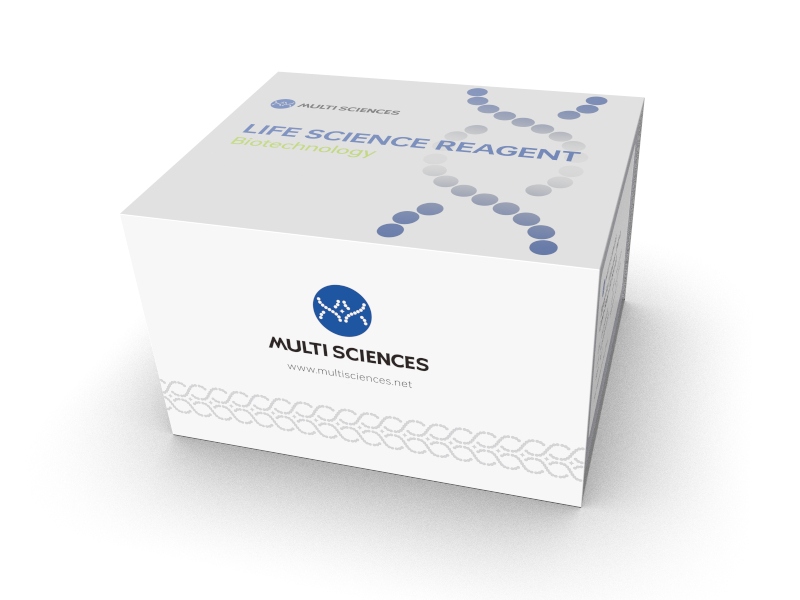
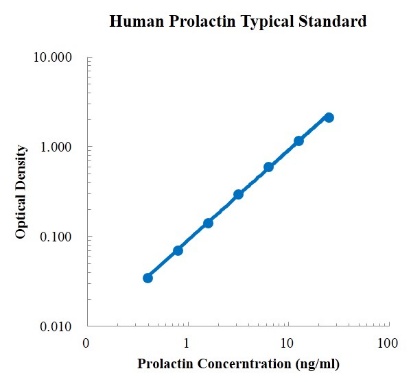
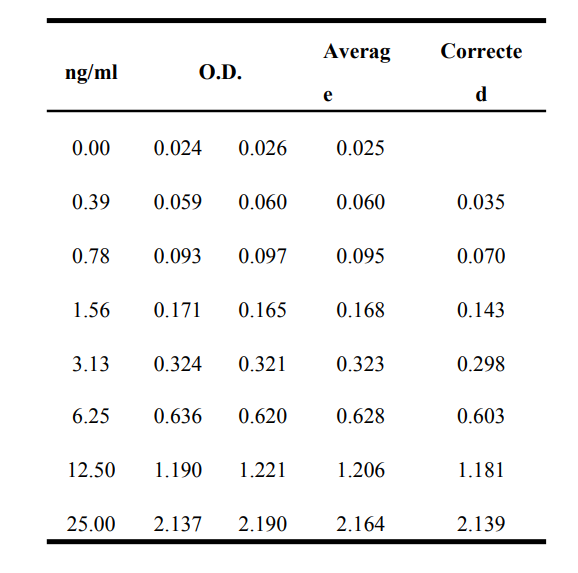
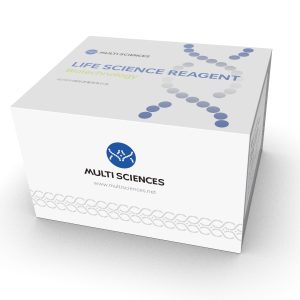

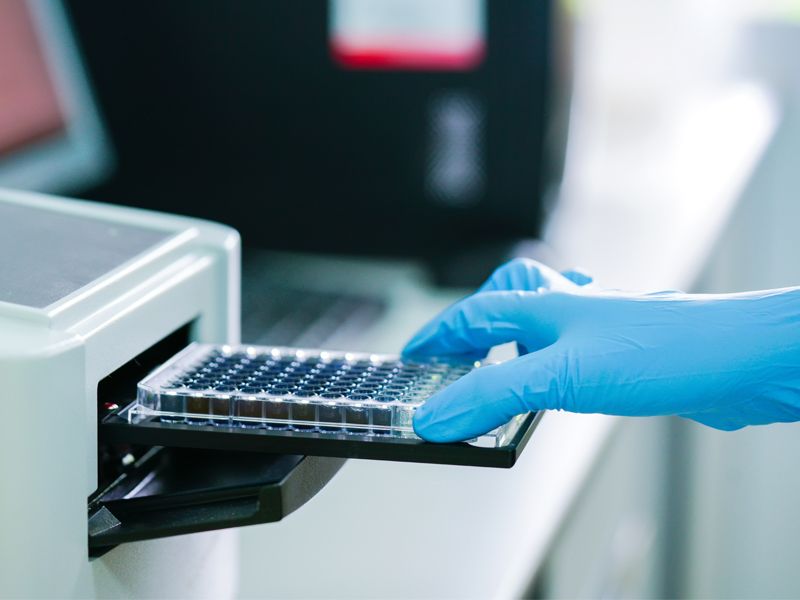
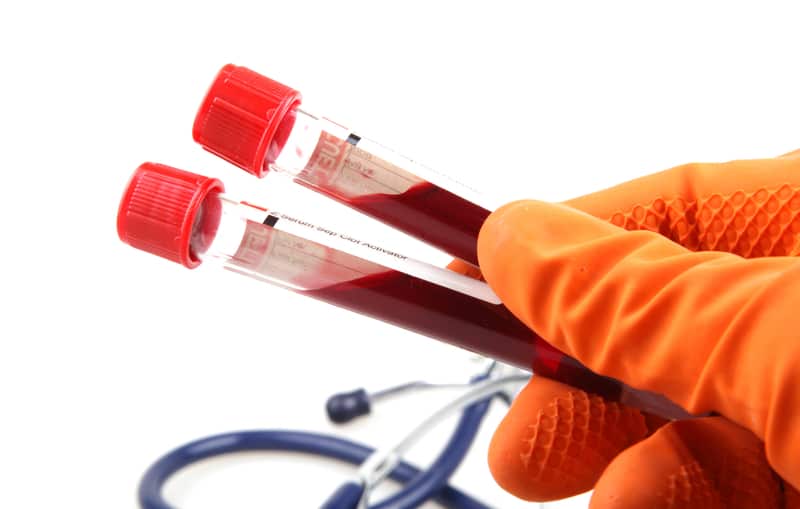
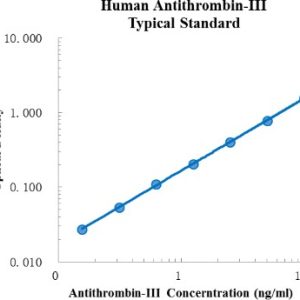
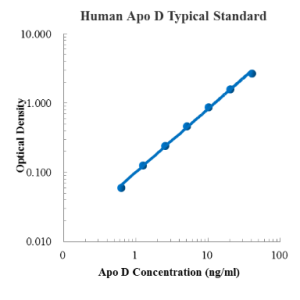
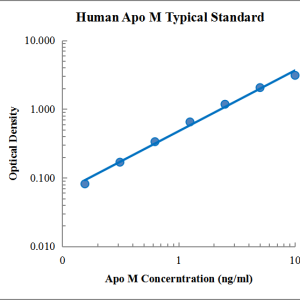
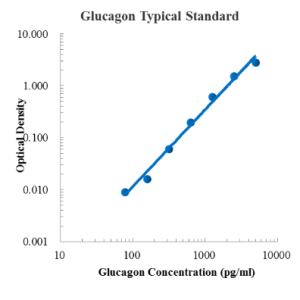
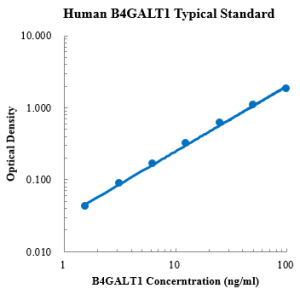
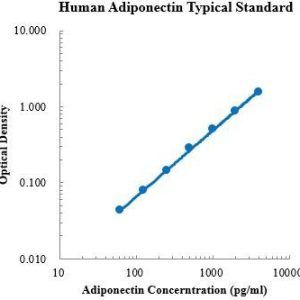
Reviews
There are no reviews yet.